Entry Category: Law Enforcement
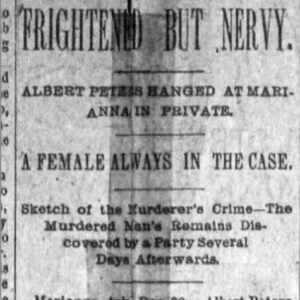 Albert Peters Execution Story
Albert Peters Execution Story
 Albert Peters Execution Story
Albert Peters Execution Story
 Albert Peters Portrait
Albert Peters Portrait
Pettus, Phillip (Execution of)
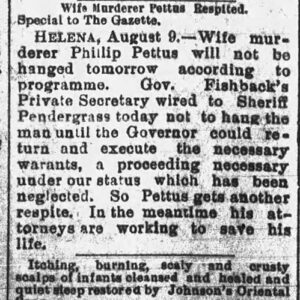 Phillip Pettus Execution Story
Phillip Pettus Execution Story
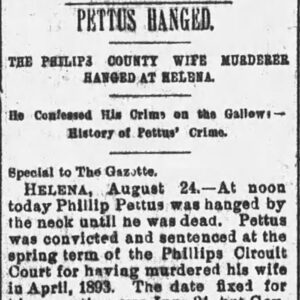 Phillip Pettus Execution Story
Phillip Pettus Execution Story
Phillips County Penal Farm Historic District
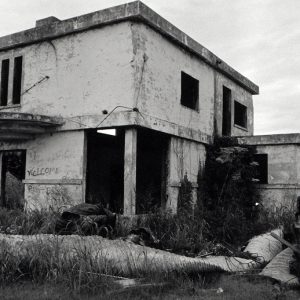 Phillips County Penal Farm Historic District
Phillips County Penal Farm Historic District
 Phillips County Penal Farm Water Tower
Phillips County Penal Farm Water Tower
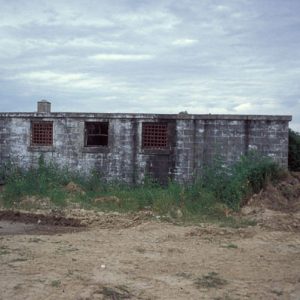 Phillips County Penal Farm Cells
Phillips County Penal Farm Cells
 Phillips County Penal Farm Cell Block
Phillips County Penal Farm Cell Block
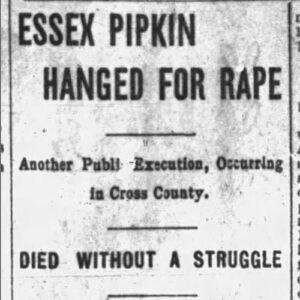 Essex Pipkin Execution Article
Essex Pipkin Execution Article
Pippin, Essex (Execution of)
Poe, Harry (Trial and Execution of)
 Harry Poe Execution Article
Harry Poe Execution Article
Pointer, John (Execution of)
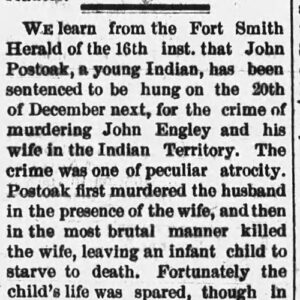 John Postoak Execution Article
John Postoak Execution Article
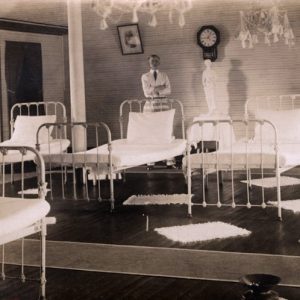 Prison Hospital
Prison Hospital
 Prison Hospital
Prison Hospital
Prison Reform
 Pulaski County Jail
Pulaski County Jail
Pulaski County Penal Farm
Quadruple Execution of 1923
Quadruple Execution of 1926
Rector, Elias
 Reeves Execution Story
Reeves Execution Story
Reeves, Bass
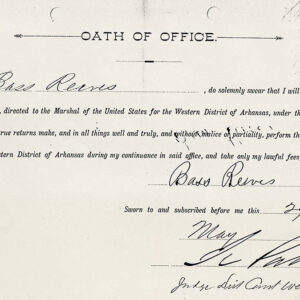 Bass Reeves Oath
Bass Reeves Oath
Reeves, Willis (Execution of)
 Robert Williams Execution Article
Robert Williams Execution Article
 Robert Williams Execution Article
Robert Williams Execution Article
 Tommy Robinson Roast
Tommy Robinson Roast
 Tommy Robinson
Tommy Robinson
Rose, Henry (Execution of)
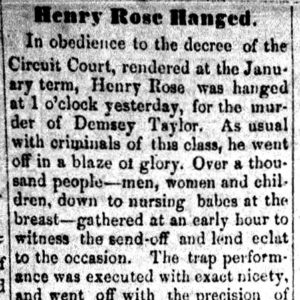 Henry Rose Execution Story
Henry Rose Execution Story
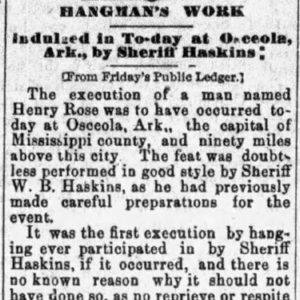 Henry Rose Execution Story
Henry Rose Execution Story
 Robert Rose
Robert Rose
Rose, Robert (Execution of)
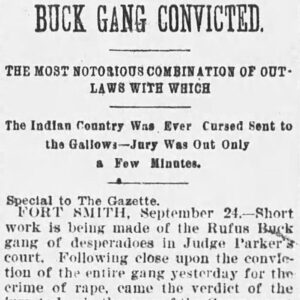 Rufus Buck Gang Conviction Story
Rufus Buck Gang Conviction Story
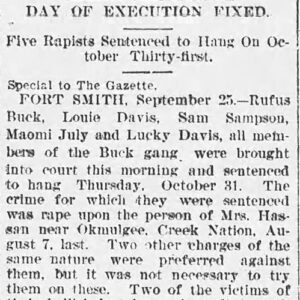 Rufus Buck Gang Execution Story
Rufus Buck Gang Execution Story
 Rufus Buck Gang Sentencing Story
Rufus Buck Gang Sentencing Story
Ruled by the Whip
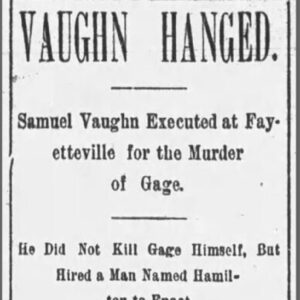 Sam Vaughn Execution Story
Sam Vaughn Execution Story
Sarber, John Newton
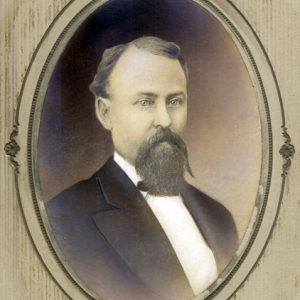 John Sarber
John Sarber
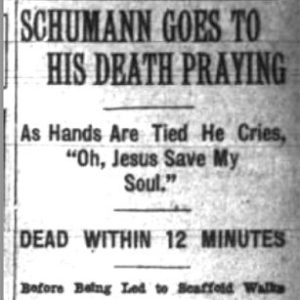 Clarence Schumann Execution Article
Clarence Schumann Execution Article
 Clarence Schumann
Clarence Schumann




